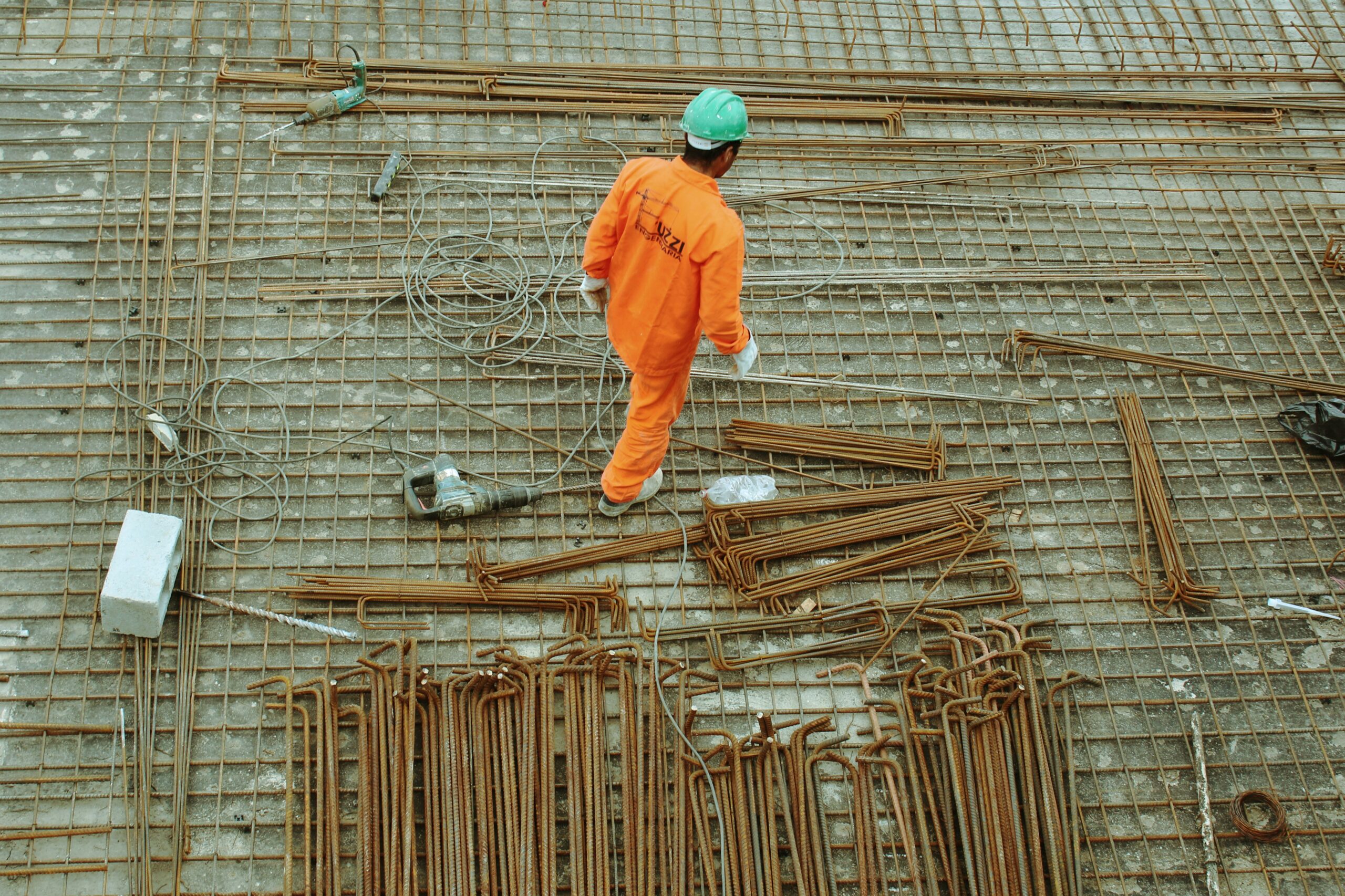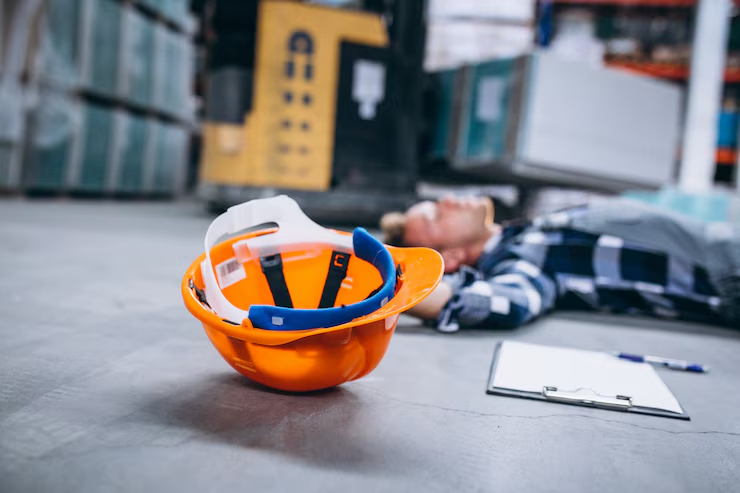Introduction
Construction sites can be hazardous environments, with potential dangers lurking at every corner. It is crucial for both employers and employees to be aware of the most common construction injuries in order to prevent them effectively. By implementing proper safety measures and training programs, the risk of accidents can be significantly reduced. Let’s delve into the types of construction injuries that workers are most susceptible to and explore ways to mitigate these risks.
Types of Construction Injuries
Falls are one of the most prevalent types of construction injuries, accounting for a significant number of accidents on job sites. Whether from scaffolding, ladders, or roofs, falls can result in severe injuries or even fatalities. Employers must ensure that fall protection equipment is provided and used correctly to prevent such incidents.
Struck-by incidents are another common risk in construction zones. Workers can be struck by heavy machinery, falling objects, or vehicles, leading to serious injuries. Implementing high-visibility clothing, safety barriers, and designated walkways can help reduce the likelihood of these accidents.
Prevention Strategies
Implementing regular safety inspections and risk assessments is essential in identifying potential hazards before they escalate into accidents. Providing adequate training on the proper use of equipment and machinery can empower workers to work safely and efficiently. Utilizing engineering controls, such as guardrails and personal protective equipment, can also minimize the risk of injuries.
Importance of Safety Training
Safety training plays a crucial role in promoting a culture of safety awareness within the construction industry. By educating workers on hazard recognition, emergency procedures, and best practices, companies can create a safer work environment for all employees. Regular refresher courses and toolbox talks can reinforce safety protocols and keep workers informed about potential risks.
Case Studies
Let’s explore a few case studies that highlight the importance of prioritizing safety in construction. By analyzing real-life incidents and their outcomes, we can learn valuable lessons on how to prevent similar accidents in the future. These examples serve as reminders of the human cost of workplace injuries and the importance of proactive safety measures.
Conclusion
In conclusion, preventing construction injuries requires a proactive approach that prioritizes safety at every stage of a project. By understanding the common risks associated with construction work and implementing effective prevention strategies, companies can create a safer work environment for their employees. Investing in safety training, providing proper equipment, and fostering a culture of safety consciousness are essential steps in reducing the incidence of construction injuries. Together, we can build a safer and more secure future for all construction workers.


